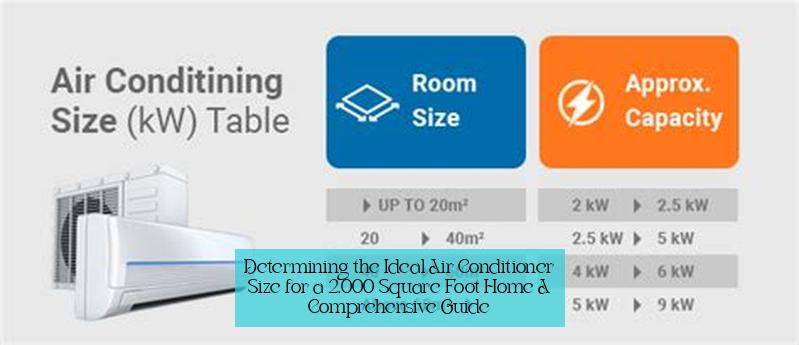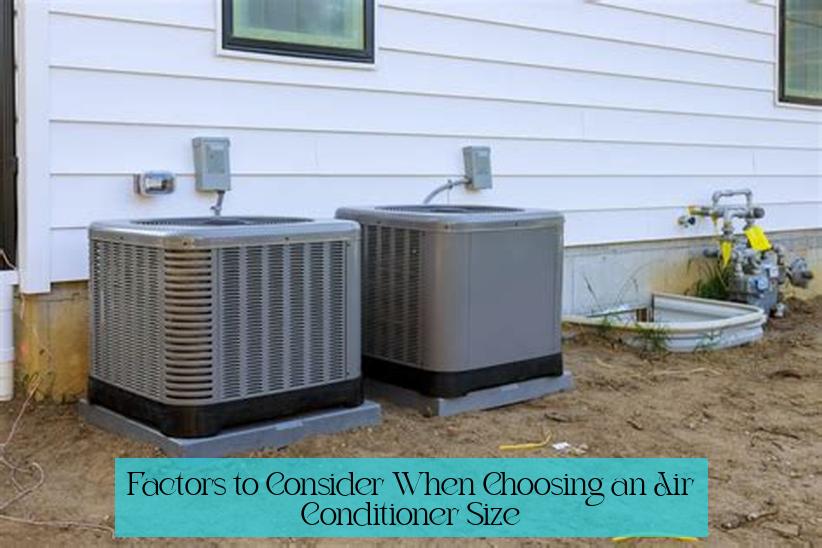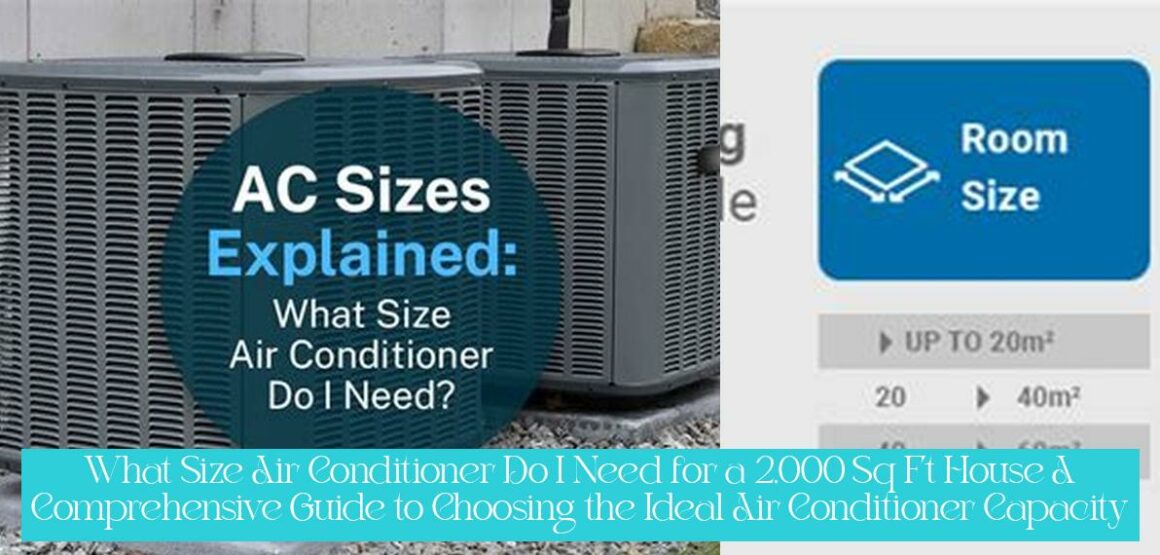Feeling the heat in your 2,000 square foot home? Wondering what size air conditioner you need to keep things cool and comfortable? Look no further! In this comprehensive guide, we’ll dive into the nitty-gritty of determining the ideal air conditioner size for your space. From understanding air conditioner capacity to considering various factors, we’ve got you covered. Say goodbye to sweating it out and hello to the perfect AC fit for your home!
Key Takeaways
- A 2,000-square-foot home typically needs a central AC unit that is around 3 tons or 36,000 BTU.
- As a general rule of thumb, a 3-ton AC unit is typically capable of cooling approximately 1,200 to 1,500 square feet.
- For a 2,000-square-foot house, about 3 tons of air conditioning is best.
- Matching square footage to an HVAC size chart, a 1,500-2,000 square feet home requires a 3-ton AC unit.
- Some homes of similar size may do fine with a 2.5-ton AC unit, but most would have 3 tons.
- Expect to need a 4 to 5 ton unit for a 2,000-square-foot home.
Determining the Ideal Air Conditioner Size for a 2,000 Square Foot Home: A Comprehensive Guide

Every homeowner wants to ensure their home is comfortable and cool during the hot summer months. Choosing the right size air conditioner for your home is crucial for maintaining a comfortable indoor temperature without breaking the bank on energy bills. This guide will delve into the factors to consider when determining the ideal air conditioner size for a 2,000 square foot home, providing you with the knowledge to make an informed decision.
Understanding Air Conditioner Capacity
Air conditioners are measured in tons, which represent their cooling capacity. A 1-ton air conditioner can cool approximately 12,000 BTUs (British Thermal Units) per hour. For a 2,000 square foot home, a 3-ton air conditioner is typically recommended, providing 36,000 BTUs per hour of cooling power. This capacity is sufficient to effectively cool a home of this size, ensuring a comfortable indoor environment even on the hottest days.
More updates: Mastering the 2.5 Times Rent Calculator: Your Ultimate Guide to Affordability
For you, Unlocking the 2.5 Times Monthly Rent Rule: A Renter’s Comprehensive Guide
Factors to Consider When Choosing an Air Conditioner Size

While the general rule of thumb is to use a 3-ton air conditioner for a 2,000 square foot home, several factors can influence the actual size you need. These include:
More related > Unlocking the 3x Rent Rule: A Complete Guide to Calculating Affordable Rent
- Climate: The climate in your area plays a significant role in determining the size of air conditioner you need. Homes in hotter climates typically require larger air conditioners to maintain a comfortable temperature.
- Insulation: The level of insulation in your home affects its cooling needs. A well-insulated home will require a smaller air conditioner compared to a poorly insulated one.
- Windows and doors: The number and size of windows and doors in your home can impact the amount of heat that enters. Homes with many windows and doors may need a larger air conditioner to compensate for the heat gain.
- Occupancy: The number of people living in your home can also affect the size of air conditioner you need. More people generate more heat, requiring a larger air conditioner to maintain a comfortable temperature.
Additional Considerations for Choosing an Air Conditioner
Beyond capacity, there are other factors to consider when choosing an air conditioner for your home:
- Energy efficiency: Look for air conditioners with a high SEER (Seasonal Energy Efficiency Ratio) rating, which indicates how efficiently the unit converts electricity into cooling power. A higher SEER rating means lower energy consumption and reduced operating costs.
- Type of air conditioner: Central air conditioners are the most common type, but ductless mini-split systems are becoming increasingly popular. Ductless systems offer more flexibility and energy efficiency, but they may be more expensive to install.
- Installation: Proper installation is crucial for the efficient operation of your air conditioner. Choose a qualified HVAC contractor to ensure your unit is installed correctly.
Conclusion
Choosing the right size air conditioner for your 2,000 square foot home is essential for maintaining a comfortable indoor environment while minimizing energy consumption. By considering the factors discussed above, you can make an informed decision that meets the unique needs of your home. Remember to consult with an HVAC professional to ensure proper sizing and installation, guaranteeing optimal cooling performance and energy efficiency.
>> Optimizing Comfort: What Size AC Do You Need for an 1800 Sq Ft House?
Q: What size air conditioner is recommended for a 2,000 square foot home?
A: A 3-ton air conditioner, providing 36,000 BTUs per hour of cooling power, is typically recommended for a 2,000 square foot home.
Q: What factors should I consider when choosing the size of an air conditioner for my 2,000 square foot home?
A: Factors to consider include the climate in your area, the level of insulation in your home, the number and size of windows and doors, and the number of people living in your home.
Q: How does climate affect the size of air conditioner needed for a 2,000 square foot home?
A: Homes in hotter climates typically require larger air conditioners to maintain a comfortable temperature.
Q: How does insulation impact the size of air conditioner needed for a 2,000 square foot home?
A: A well-insulated home will require a smaller air conditioner compared to a poorly insulated one.
Q: How do windows and doors affect the size of air conditioner needed for a 2,000 square foot home?
A: The number and size of windows and doors in your home can impact the amount of heat that enters, potentially necessitating a larger air conditioner to compensate for the heat gain.
Q: According to an HVAC size chart, what size air conditioner is recommended for a 2,000 square foot home?
A: According to the HVAC size chart, a 2,000 square foot home typically requires a 3-ton air conditioner for optimal cooling.










